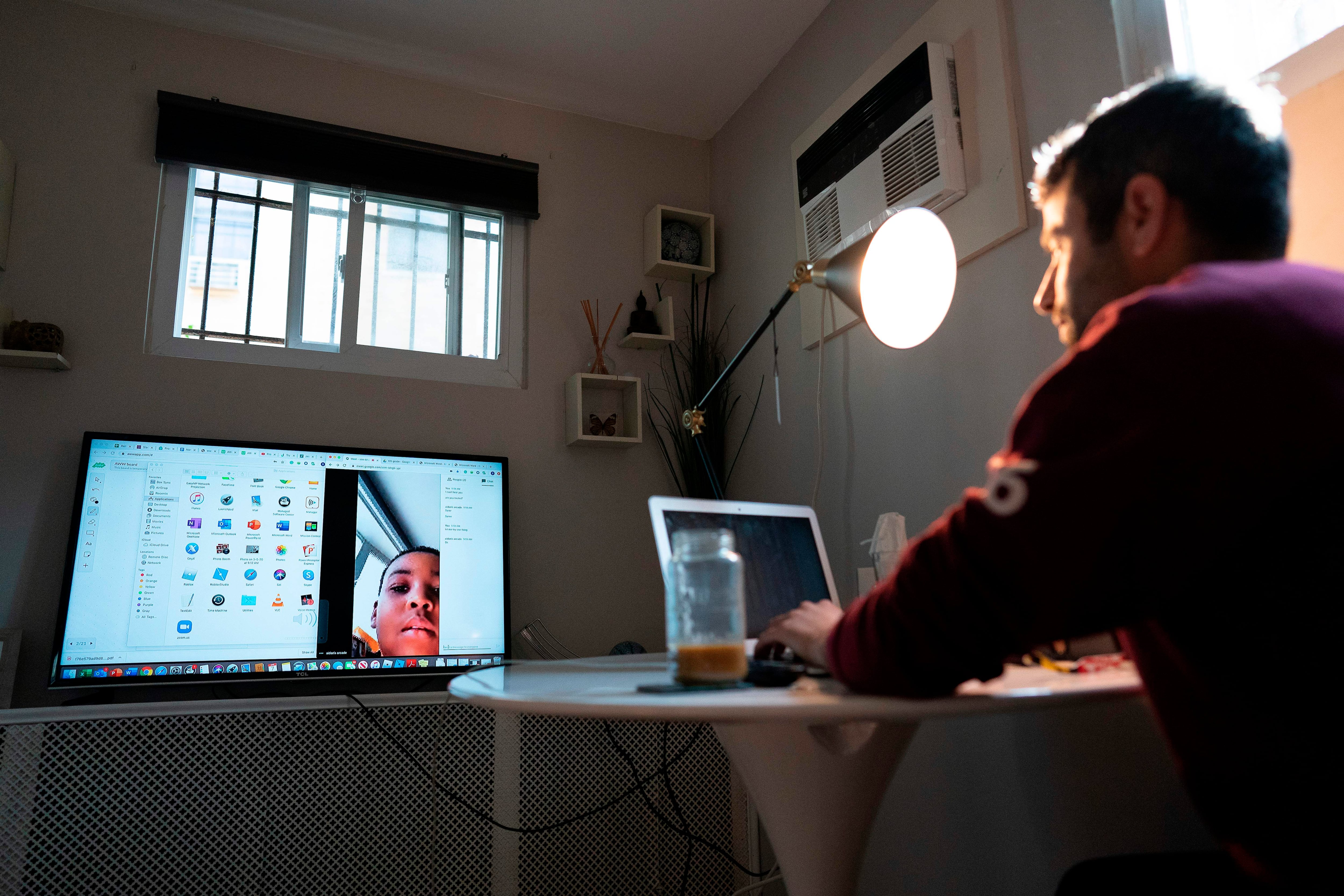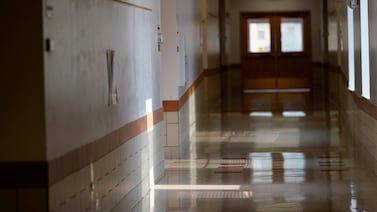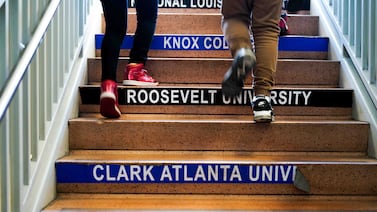Wearing face masks, taking temperatures, sitting six feet apart: So much of the talk about returning to school this fall has been dominated by what it will take to make learning in person physically safe.
But many school districts are also beginning to plan for a whole other world of teaching and learning — the all-virtual experience that students who stay home for medical or other reasons will need, and that some share of parents say they want.
That work is underway in Florida’s Hillsborough County, where nearly 53,000 parents responded to a survey about their preferences for the fall. Almost half said they’d feel uncomfortable with students returning to school buildings. Around 12,000 parents said they’d prefer a fully virtual option.
“We have to be prepared to be able to provide services to our families and to our students … if this is a pathway they choose,” Superintendent Addison Davis told school board members earlier this month.
As parent surveys trickle in, some version of this discussion is playing out across the country. School officials in Indianapolis; Wake County, North Carolina; Boise, Idaho; Columbia, Mississippi; and elsewhere have all said they intend to offer fully virtual options for families who want to keep their children home. For some parents struggling without childcare, it’s probably an unthinkable idea — but for some families of children with medical issues or immunocompromised family members, it may feel like the best available choice.
Options for these students could include pairing students up with a teacher also working remotely, sometimes watching teachers in a classroom on a livestream, or enrolling in a full-time virtual school run by the district. All of those raise big questions about staffing, instruction, and student interaction, with few clear answers yet.
“What is daunting about this moment is that all of these things ... have to be choreographed together,” said Mike Magee, the head of Chiefs for Change, a nonprofit that’s working with several superintendents on their reopening plans. “The amount of planning required is pretty breathtaking.”
Who is going to teach fully remote students? School officials in Broward County, Florida are considering designating a cohort of teachers who would provide remote instruction to students at the start of the new school year, though they also might be tapped to help teach students who will be at school part of the time, according to Dan Gohl, the district’s chief academic officer.
Fairfax County schools in Virginia are offering something similar. The district says it will try to group fully remote elementary and middle school students from a school or nearby schools and pair them with a remote teacher. But it’s not yet clear if the numbers of remote teachers and remote learners will match up, and officials said it’s possible teachers may work with “a combination of in-school and virtual learners.”
Districts will also have to decide which teachers will be assigned to work remotely, taking educators’ own medical concerns into consideration but also teachers’ grade- and subject expertise. And school officials in many places will have to consult with teachers unions, which are often involved in setting working conditions.
Some superintendents are considering recording a teacher in the classroom and streaming it live, or recording it for later, so students at home can still have something like a classroom experience.
But students watching any amount of class at home would likely need a lot of additional academic, social, and emotional support, several districts have noted.
“It’s not just about instruction,” Magee said. “There’s going to have to be some really deep thinking about ... creating a sense of belonging for students who are learning from home.”
Districts are also grappling with logistical and financial questions. If schools are offering in-person learning in some form, but schools are also accommodating students who don’t come in at all, how will those fully virtual students be counted for attendance and school funding purposes?
There are some early indications that states won’t penalize districts if students stay home. Texas, for example, issued guidance this week saying students who stay home and take virtual classes will be counted the same for school funding purposes as students who attend school in person, the Texas Tribune reported.
But districts could lose funding if students opt out of their district altogether, perhaps for a virtual charter school or a statewide virtual school.
Hillsborough County, which serves more than 200,000 students in the Tampa area, will give parents the option to enroll their children in Hillsborough Virtual K-12, a virtual school that existed before the pandemic, or to choose e-learning from the schools where their children are enrolled.
Crucially, Davis noted, the district keeps the funding for the students who attend Hillsborough Virtual K-12, though it uses the same curriculum as the state’s virtual school. Demand appears to have spiked: In the past, he said, the district’s virtual school had no more than 360 students, but it has already received 800 applications for next year, and there is another month left for parents to sign up.
Parents may have more options next year, too. Alabama, for example, is creating a new statewide virtual school to accommodate parents who want to keep their children home in the fall.
And though many schools will be able to improve the remote instruction they offer this fall based on their experiences this spring, some will still face the challenge of making sure students learning from home have the internet and devices they need.
The federal coronavirus relief package included money for schools that could be put toward technology, but not all districts will have the devices they need in time for the new school year.
Metro Nashville schools, for example, where many students lack access to a computer at home and a quarter of parents say they want a fully remote option for their child, has ordered tens of thousands of laptops, but school officials say they won’t arrive before classes resume in August.
There’s also the question of what to do if parents decide they want to move their children from a fully remote option to an in-person classroom later in the school year.
Moore Public Schools in suburban Oklahoma City is asking parents who want to keep their children home to commit to the virtual option until their child has completed at least a semester of coursework. The Fairfax County school district is asking families who pick the fully online model to commit to it for the full academic year.
To make those decisions, though, parents will need clear information about their options.
Steve Cona, a Hillsborough County school board member, raised this at a workshop earlier this week.
“Let’s clearly spell out what that means for that parent so ... they can actually make a decision with some confidence,” he said.






